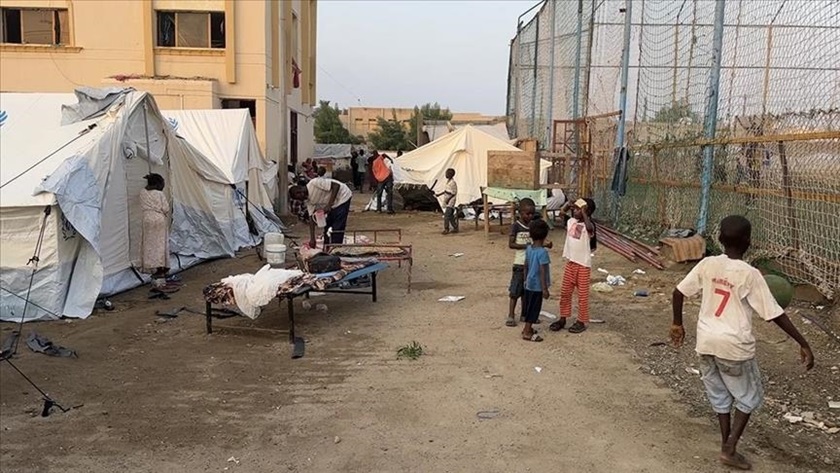NAIROBI, Kenya –The UN World Food Programme (WFP) said Wednesday that it received a substantial donation of $37 million from the US for crucial food and nutrition assistance to refugees in Kenya.

Lauren Landis, the WFP’s country director in the East African nation, noted that the funding would allow the WFP to enhance rations for vulnerable refugees and restart cash transfers in the two camps until December 2024.
“Refugee families have had a very difficult past two months — surviving on less than half of the minimum food required for a healthy life,” Landis said.
She added that the WFP “will increase this amount to 60% of the minimum ration and resume Bamba Chakula cash transfers in Dadaab and Kakuma. This will avail more food to the families, uplift the local markets, and increase availability and accessibility of diverse diets.”
Chronic funding shortfalls have forced drastic cuts in food rations, reaching an unprecedented low of 40% of the minimum requirement.
Remi Deng, a refugee in Kakuma camp, expressed gratitude for the resumed support. “The last few months have been very tough for us. This help means we can feed our children and have hope for a better future, especially for us young people,” Deng told Anadolu.
Mercy Maingi, a humanitarian expert with World Vision Kenya, also commented on the impact of the funding. “This significant contribution will greatly improve the living conditions of refugees by ensuring they have access to necessary food and resources. It will also boost local economies through increased market activity,” Maingi said.
Cash transfers to 580,000 refugees in the two camps had been temporarily halted in May.
The situation has been worsened further by climate-related droughts and floods, devastating the already struggling refugee communities.
Kenya is currently grappling with a 60% increase in refugees and asylum seekers since 2019, the majority of whom come from Somalia, South Sudan, and the Democratic Republic of Congo, with many fleeing ongoing conflict and instability in these regions.
Source: AA


